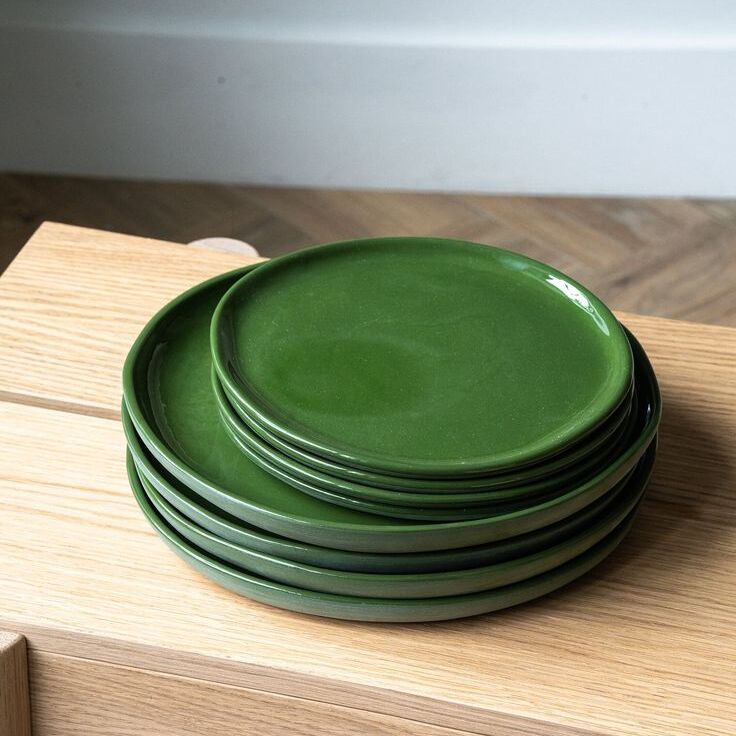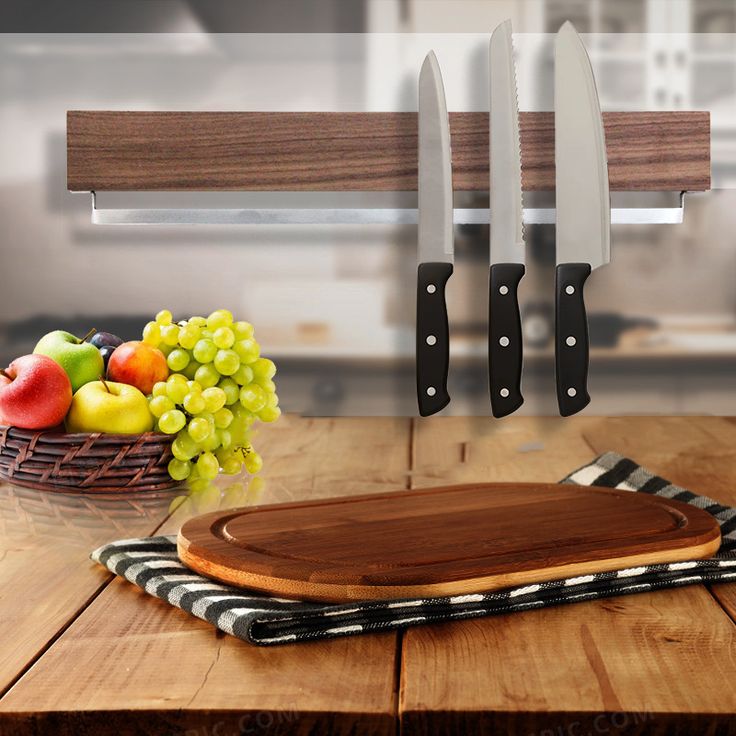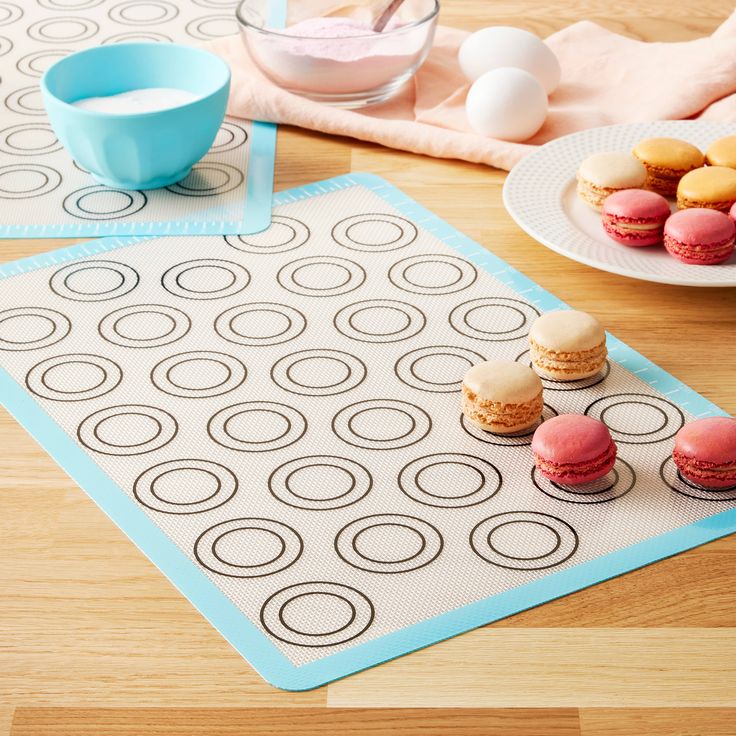In every kitchen, the range of knives plays a vital role, from meal prep to culinary finesse. Yet, over time, old or unused knives can accumulate, taking up essential space and posing safety risks. If you decide to declutter your kitchen by parting with some knives, consider adopting eco-friendly methods. This guide discusses how to get rid of kitchen knives responsibly, ensuring minimal environmental impact while providing multiple options for disposal or recycling.

Understanding the Importance of Eco-Friendly Knife Disposal
When you contemplate how to get rid of kitchen knives, it’s essential to recognize the environmental implications of your actions. Traditional disposal methods, such as simply throwing knives in the trash, lead to increased landfill waste. Unlike organic materials, knives do not decompose or break down, which means they can persist in the environment for many years. This extended presence contributes significantly to pollution and environmental degradation.
In addition to environmental concerns, improperly discarded knives pose safety hazards. Sharp blades lying in waste can injure waste management personnel who handle trash. Such incidents can lead to severe injuries and complications, emphasizing the need for responsible disposal methods.
Eco-friendly disposal practices not only prioritize the safety of individuals but also align with sustainable living. By choosing to recycle or donate unwanted knives, you play an active role in reducing waste and promoting reuse. This conscious decision helps preserve resources and benefits the community at large.
Recognizing the importance of environmentally friendly knife disposal can transform a standard decluttering task into a meaningful lifestyle change. You contribute to a healthier planet while respecting the inherent value of these essential kitchen tools.
Identifying When to Get Rid of Kitchen Knives
Before diving into how to get rid of kitchen knives, it’s essential to identify which knives need to go. Not every knife in your collection warrants replacement. Start by assessing their condition. Look for any signs of severe damage, such as rust, chips, or a dull edge that cannot be restored. If a knife fails to perform well despite repeated sharpening attempts, it may time to part ways.
Another reason to consider getting rid of kitchen knives involves functionality. Are you keeping knives that you rarely use? If they occupy space without serving a purpose, it may make sense to let them go. Keep in mind your cooking habits—if certain knives do not meet your culinary needs, they may no longer warrant a place in your kitchen. This phase serves as a pivotal moment in your decluttering journey, maximizing efficiency in your workspace while supporting your eco-friendly goals.
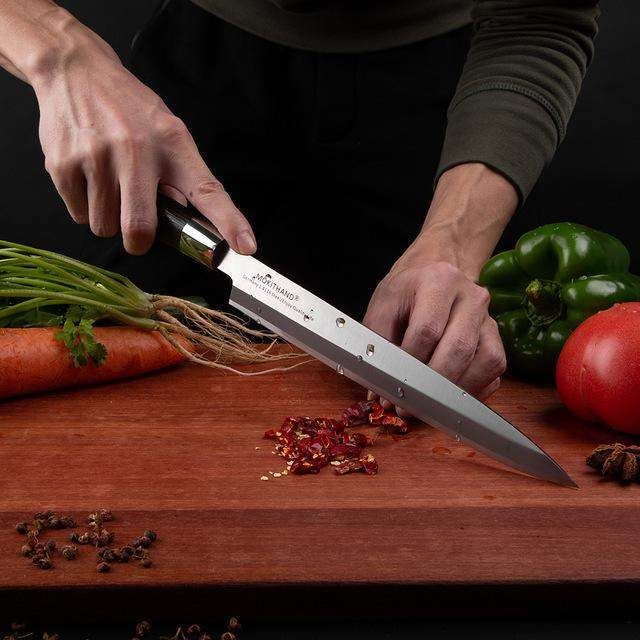
How to Get Rid of Kitchen Knives: Donation to Charities
One of the most thoughtful methods to get rid of kitchen knives involves donating them to local charities or organizations in need. Many shelters, food banks, and community kitchens welcome useful kitchen tools. Before donating, ensure the knives are in good working condition. Clean them thoroughly and sharpen them if necessary.
You can reach out to organizations that specialize in helping low-income families or those starting new lives, such as domestic abuse shelters. These facilities often need kitchen supplies for their residents, creating an opportunity for you to give back to the community.
However, always check with the specific organization to understand their needs and donation policies. Some may have restrictions on knife donations due to safety concerns. By donating your knives, you not only help others but also extend the lifecycle of these tools, contributing to a zero-waste approach.
Recycling Options for Kitchen Knives
If you want to know how to get rid of kitchen knives sustainably, recycling them stands out as a prominent option. Recycling old knives involves a few different pathways, each with a focus on minimizing waste. First, check if your local waste management facility offers a recycling program for metal items, including blades. Often, scrap metal yards accept kitchen knives, ensuring they are melted down and repurposed for new products.
In some communities, specialized recycling programs exist that handle sharp objects separately. It’s essential to prepare your knives for this process. Securely wrap the blades in thick cardboard or bubble wrap to prevent accidents during transportation. Mark the package as “sharp” to alert those handling it.
Additionally, some companies focus on recycling kitchen tools specifically. These companies may take knives and create new products, reducing the need for new materials and conserving resources. Researching local and online options can reveal innovative avenues for recycling kitchen knives, showcasing the endless possibilities to engage in responsible disposal.
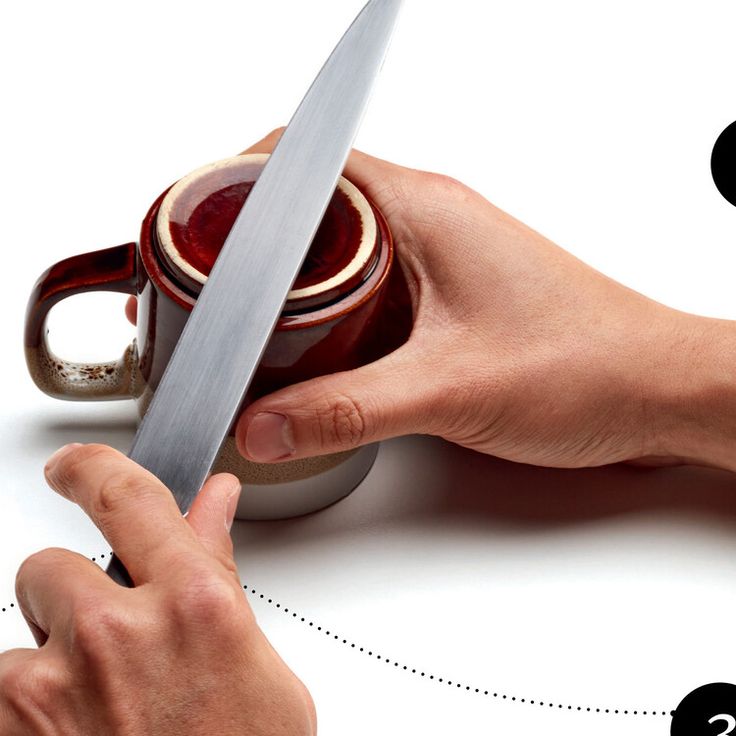
Repurposing Knives for Craft or Home Projects
Considering how to get rid of kitchen knives doesn’t have to lead to disposal or recycling. You can repurpose these tools to serve different functions in your home or craft projects. For example, old knives can transform into striking garden art or unique hanging decor. With some creativity, you can create sculptures, wind chimes, or even functional items like hooks.
Ensure the knives are safe to use in your projects. While crafting with knives, consider safety precautions, as sharp blades can pose risks if mishandled. Another popular repurposing option involves turning an old knife into a letter opener or a decorative piece for your office space.
Explore different ways to give these tools a second life before letting them go entirely. This creative process adds a personalized touch to your home while minimizing waste, allowing you to express your individuality.
Upcycling: Turning Kitchen Knives into Gifts
Have you ever wondered how to get rid of kitchen knives in a way that brings joy to others? Upcycling presents a unique opportunity. You can transform old knives into personalized gifts that showcase your creativity and thoughtfulness. For example, knives with interesting blades can become beautiful letter openers or serving tools when carefully handled and redesigned.
Consider crafting a knife set for a friend or family member who enjoys cooking. You can add decorative elements, such as custom handles or engraved designs, making each piece special. By gifting these upcycled items, you communicate care and sustainability, reflecting a modern approach to gift-giving.
Imagine the joy of receiving a handmade kitchen tool that carries a story and a history, alongside its new purpose. This option not only offers a way to repurpose old knives creatively but also establishes a meaningful connection with the recipient. Embracing upcycling allows you to give your knives a fresh start while enriching someone else’s kitchen experience.
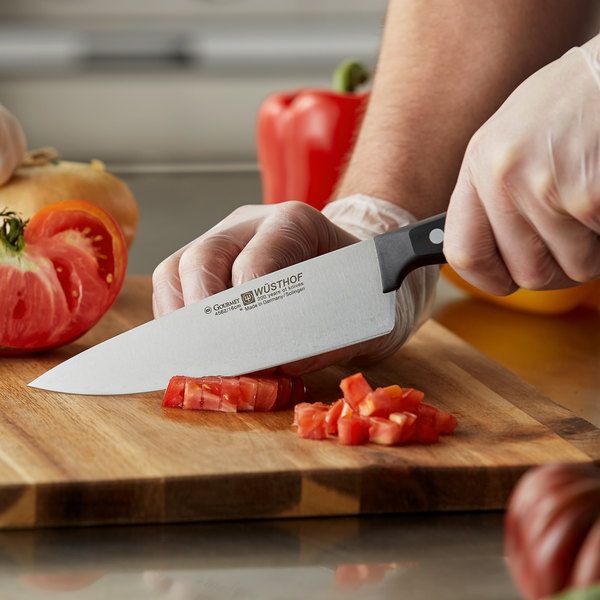
Proper Preparation for Disposal: Safety First
When you’ve decided on how to get rid of kitchen knives, prioritizing safety remains essential. Sharpened blades can pose a significant risk if not handled correctly during disposal or transportation. To ensure safe disposal, carefully wrap knives in heavy-duty cardboard or a thick cloth. Tape them securely to avoid any accidental cuts.
If you choose to discard them in the trash, mark the package with a warning about sharp objects. Keep in mind that some local regulations may restrict disposing of knives in regular waste. Always verify local guidelines regarding hazardous waste disposal.
Additionally, consider using a heavy-duty recycling container specifically designed for sharp items. Some localities allow you to drop off hazardous waste at designated collection points. Following these safety measures makes the process secure and could minimize hazards for waste management workers, the community, and the environment alike.
Incorporating Zero-Waste Practices in Your Kitchen
Understanding how to get rid of kitchen knives aligns seamlessly with adopting a zero-waste lifestyle in your home. By practicing zero-waste principles, you can rethink not only your knife disposal but also all culinary practices. Start by assessing your kitchen tools as a whole. Keep only what you use frequently and love.
Consider purchasing high-quality knives designed to last long. Look for brands that focus on sustainable manufacturing processes, helping minimize environmental impact right from the beginning. When these knives do reach the end of their lifecycle, you’ll have clear strategies for responsible disposal, whether through recycling, upcycling, or repurposing.
Incorporating zero-waste principles extends beyond knives to all facets of your kitchen. Explore bulk purchasing options to reduce packaging waste, compost organic waste, and prioritize reusable items over disposable ones. Following this path fosters a healthier relationship with your kitchen tools and the environment.
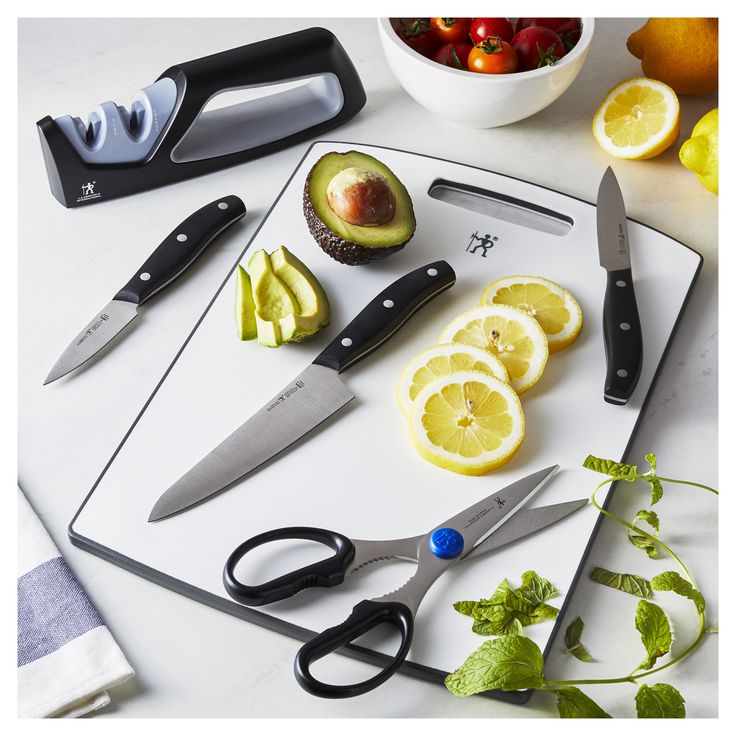
Conclusion: A Conscious Approach to Decluttering
Knowing how to get rid of kitchen knives poses a unique challenge, yet it also presents an opportunity to embrace eco-friendly practices. By donating, recycling, repurposing, and applying safety measures, you craft a thoughtful approach to decluttering your kitchen. Each step you take ensures that your decisions align with your values regarding sustainability.
As you navigate this process, remember the broader impact of your choices. Yes, you can simplify your kitchen without sacrificing environmental responsibility. By sharing your journey with friends and family, you inspire others to consider how they, too, can get rid of kitchen knives sustainably. Engage with your kitchen consciously, and foster a culture that prioritizes ethical, eco-friendly living. Your actions matter, contributing to a greener future for all.
